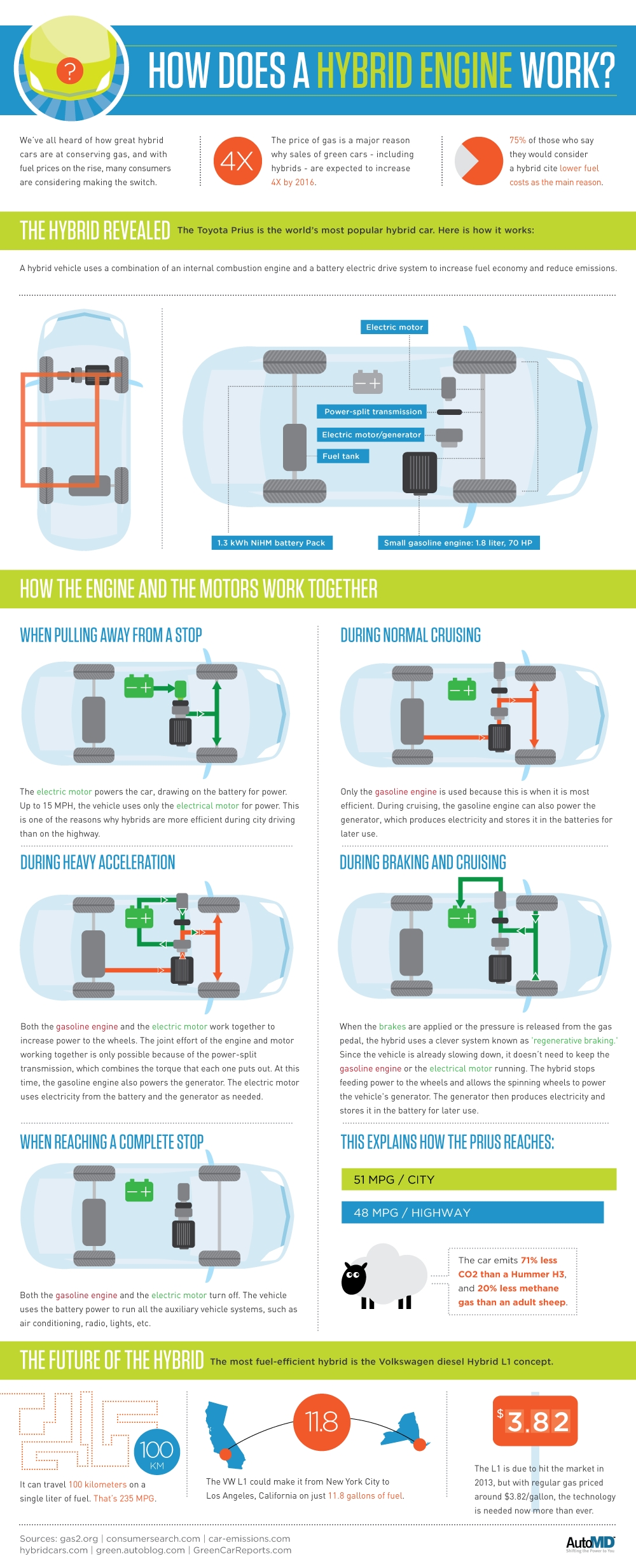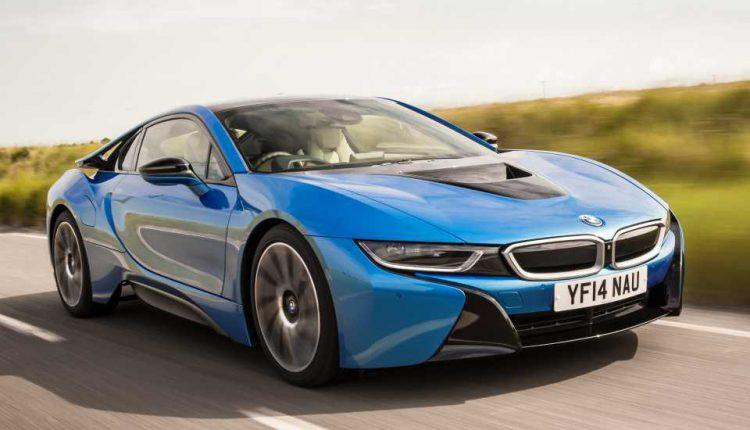


The Toyota Prius uses the best components of series and parallel engines, making it a series-parallel hybrid. Parallel hybrids have a better efficiency on the highway. However, they function better in stop-and-start traffic compared to parallel ones. Series engine hybrids have larger batteries, motors, and generators, which drive up vehicle costs. In parallel hybrid engines, the vehicle can receive power from the electric motor, gasoline engine, or both. The gas does not power the wheels directly. In a series hybrid, the gasoline engine charges the car’s battery which powers the electric motor. Hybrid engines typically come in series or parallel. Īssuming gasoline costs $3.00 and you drive 12,000 miles a year, you could spend $642.86 compared to $913.71 for the standard car. The average 2017 light-duty passenger vehicle has a fuel efficiency of 39.4 MPG, while the 2017 Toyota Prius ranged from 52 to 56 MPG. You may have purchased your Toyota Prius to save on gasoline. The vehicle has a multi-function display that monitors how much energy flows between the battery and engine, the battery levels, and the braking systems. The power and fuel capacities in the engine increased from 76 hp and 1.5 L to 98 hp and 1.8 L.Īnother drawing point for the Prius is its energy motor. The transmission is 20% smaller and lighter, increasing the fuel economy from 48 to 51 MPG. The Gen 3 also changed the transmission and engine. Even slight reductions in drag coefficients improve the miles per gallon on the vehicle. This release has a longer and wider body with sharper corners that improve its wind resistance and decrease drag from 0.26 to 0.25. The Gen 3 Prius had minor changes from the Prius Gen 2. Sleeker, aerodynamic models cut through the air to minimize the fuel requirements to reach high speeds because they reduce the resistance experienced. The shape of your car controls how air flows around the body. The design of a Prius impacts its speed by reducing the drag. In this article, we will analyze Toyota Priuses to determine how a hybrid engine makes your vehicle fuel-efficient. These are all incredible advances, but how does a Prius work? They produce only 1.3 tons per year of tailpipe CO2 emissions (a typical car emits 4.3 tons ), save you $5,250 in five years on fuel, and had a drastic rise in popularity, selling over 42 times more vehicles 12 years after the first model’s release. A 2020 Toyota Prius Prime has a 54 MPG combined city and highway EPA fuel economy, which increases to 133 MPGe when combined with electric power. Your Toyota Prius has paved the way for the hybrid car industry to flourish.


 0 kommentar(er)
0 kommentar(er)
